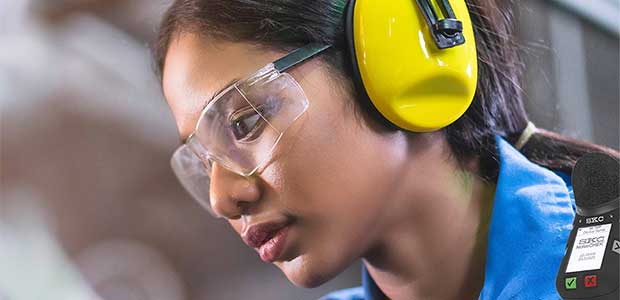
Make tackling hazardous noise easier with the right tools and knowledge.
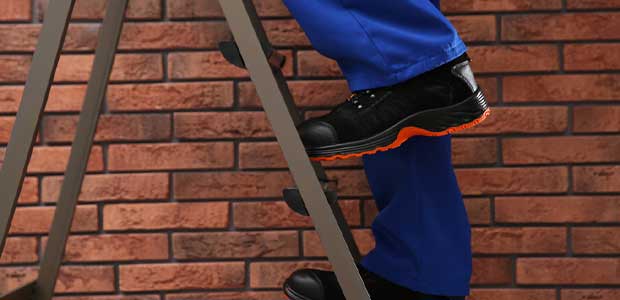
Tech-driven innovations are the key to providing workers with footwear that is comfortable, safe and convenient.

Episode 159
There are many things that safety directors, managers and leadership can do to ensure that employees are adhering to a vision protection program.

Safety can be a big concern for people who drive for work.

People who work at weddings, bars and restaurants are often exposed to loud noise. How do you protect these workers from noise hazards?

The type of PPE an employee needs depends on the job and hazards.

Episode 154
Hand protection has come a long way since workers first used their hands.

The safety industry continues to shift with the latest technology built to last.

Sometimes PPE is needed to ensure healthy employees.

We have been confronted with the reality of supply chain disruption.

The importance of preventing traumatic brain injury in the construction industry.
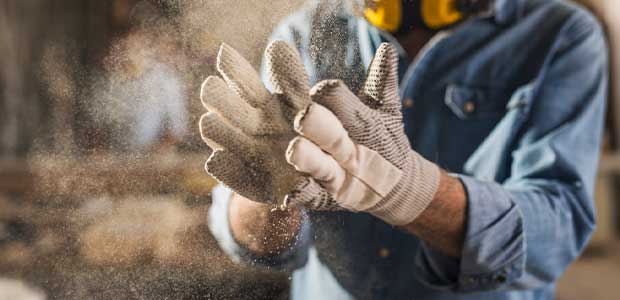
Hand protection has come a long way since the first workers used their hands to operate.
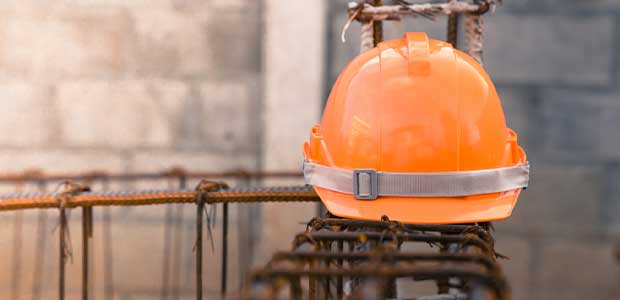
Don’t let your construction site turn into a risky business for your work crews.

Following a global Pandemic, the time is now to improve your approach to PPE selection.
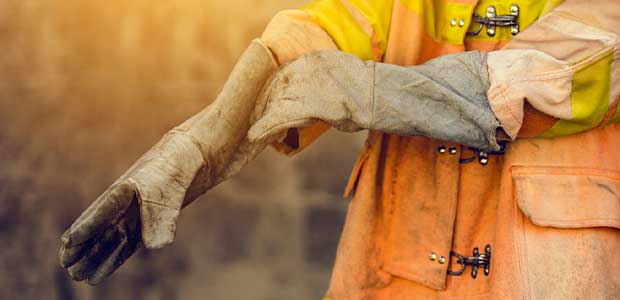
PPE can have effects on employees who work in heat.
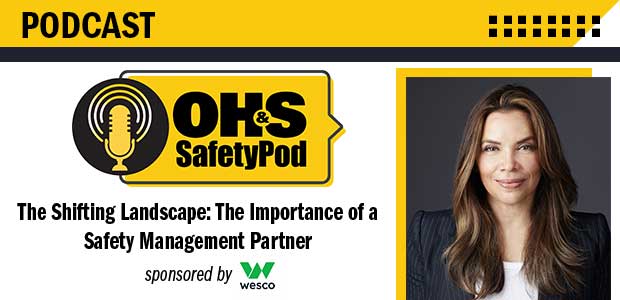
Episode 153
OH&S Editor Sydny Shepard sits down with Wesco’s Ines Sira to discuss how safety professionals can stay current with new technologies and innovations.

The Safe-in-Sound Award recognizes organizations that help prevent hearing loss.

Workers who are using PPE should inspect and wear it correctly

Episode 151
The last thing you want PPE to do is create more risk for incidents. That's why size and fit matter when selecting the right gear for the job.

Episode 150
What's the key to effective safety programs? Consistency.